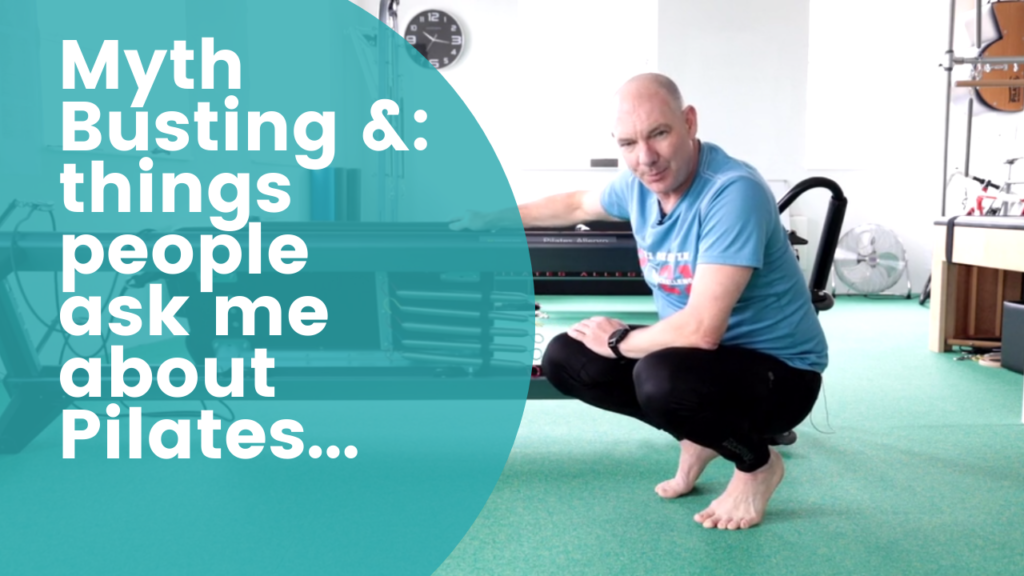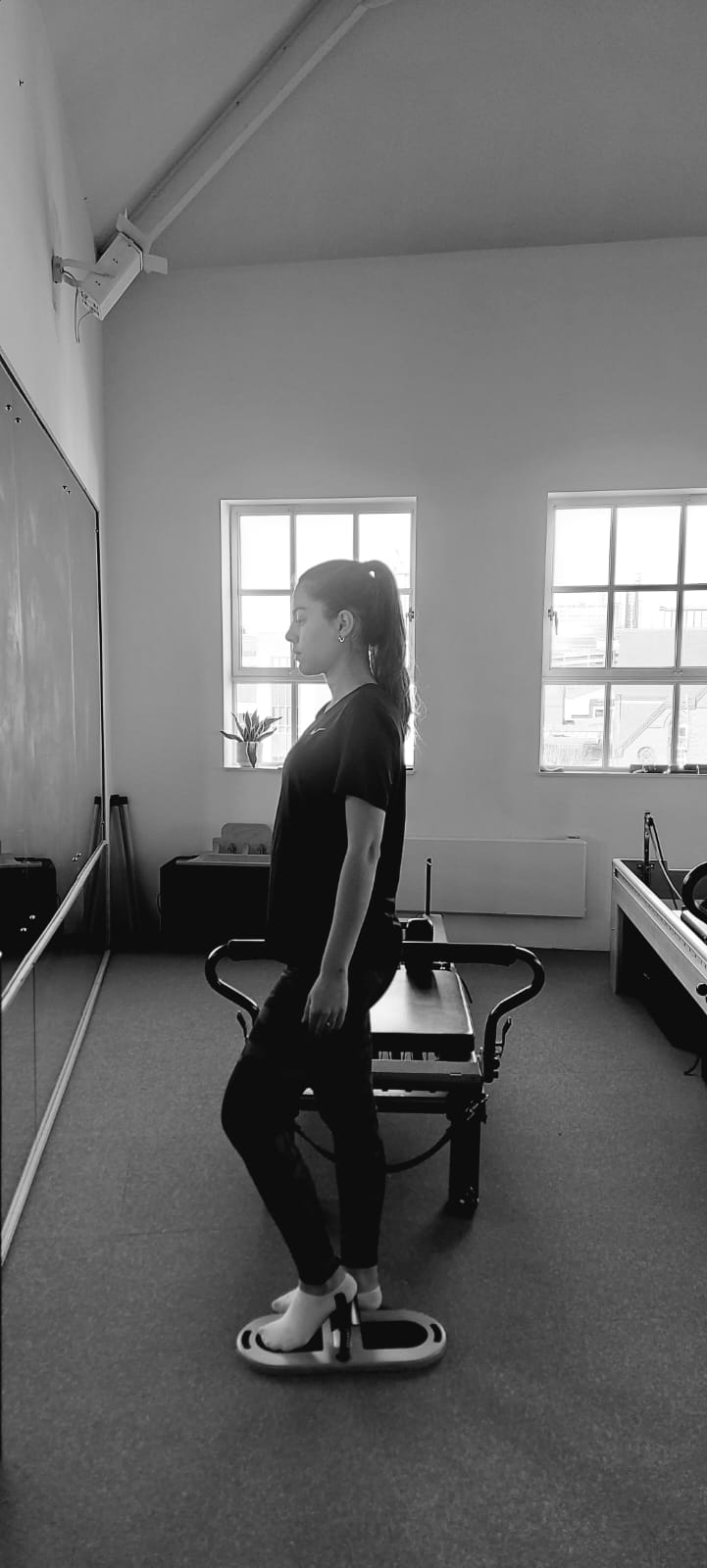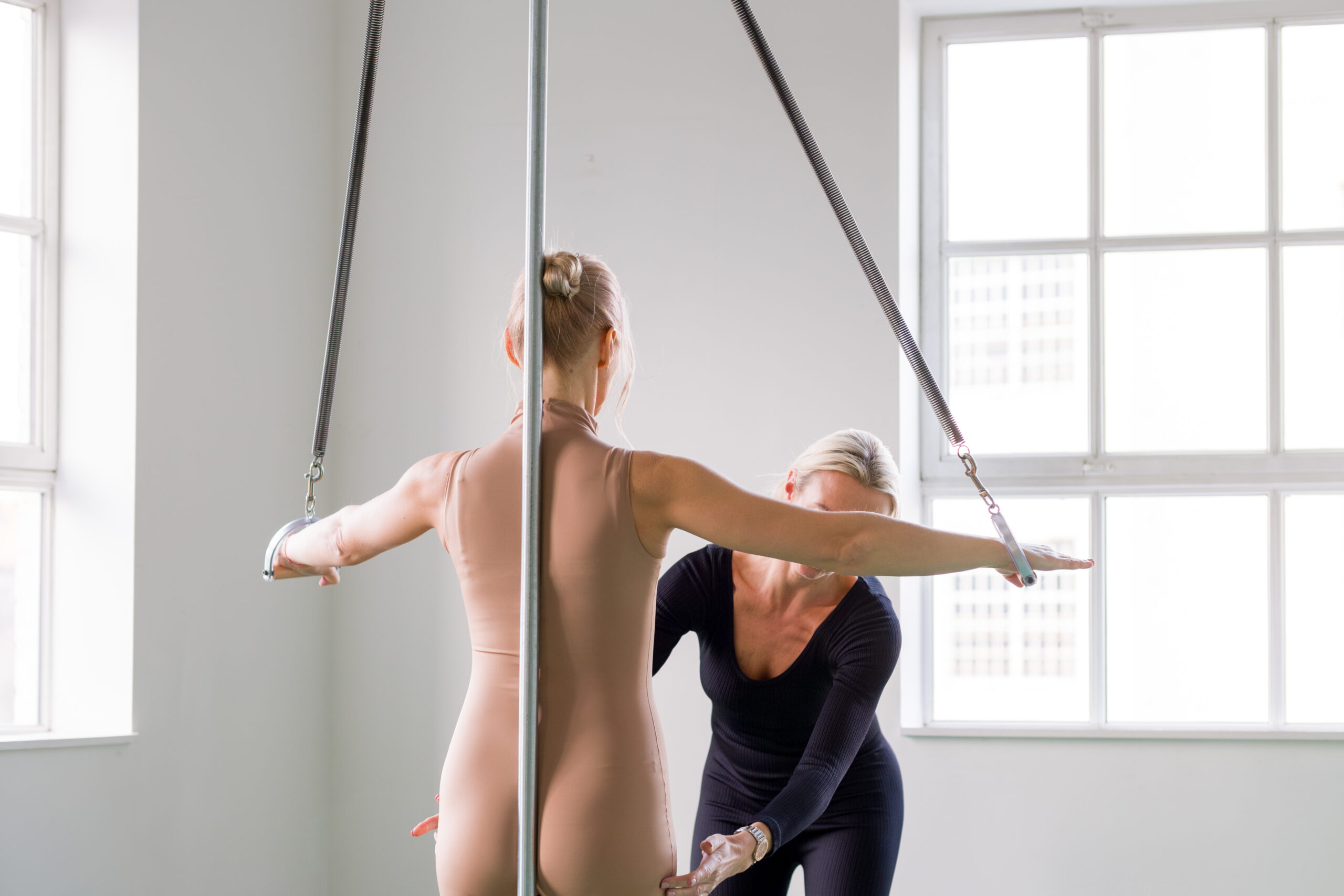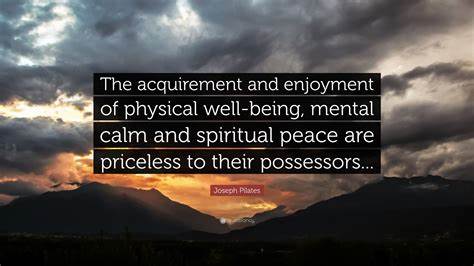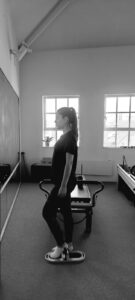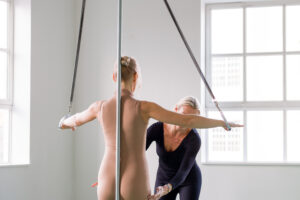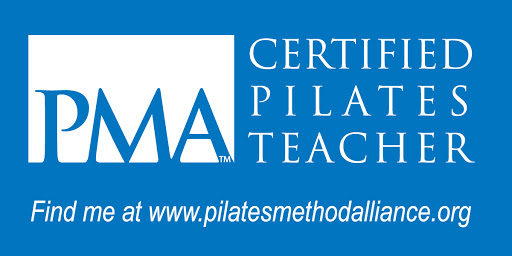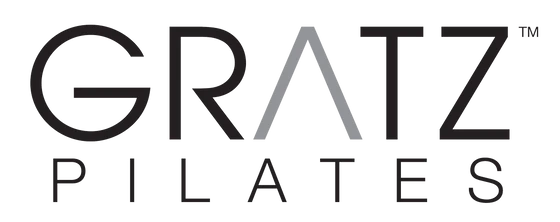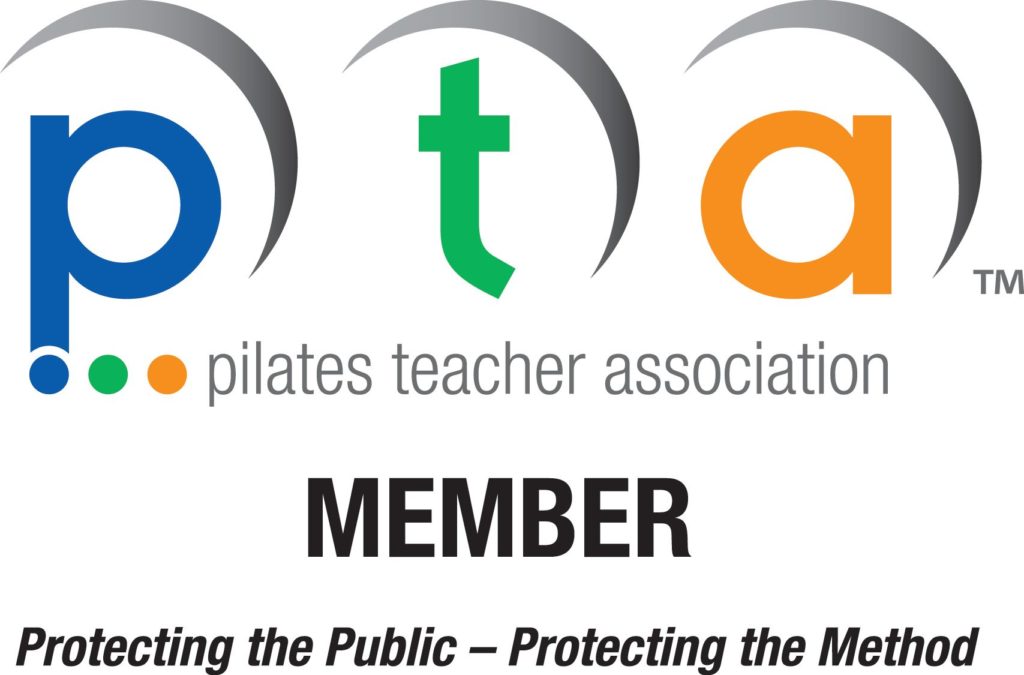Pilates FAQs
Hi there,
These are all questions that people often ask.
If you have any questions that aren’t here, why not ask me in a comment and I’ll get back to you?
Miguel 🙂
FAQs: Pilates Myth Busting
Yes and No. I know that’s not very helpful, but bear with me…
From about the beginning of 1982, the Pilates name was trademarked. Many teachers using the name Pilates to describe their work were taken to court and had to pay compensation for trademark infringement.
In 1996, Ken Endelman (of the apparatus manufacturer Balanced Body) was served notice for the same infingement. What followed was a 4 year court battle (1996-2000).
The judge declared that the the name Pilates couldn’t be trademarked and was generic.
From that date, anyone can call anything “Pilates”. Whilst that has prevented people from being sued for infringement of Trademark law, it has meant that anyone can call anything Pilates.
Unfortunately, this has resulted in dilution of the original method. So much so that it takes a good deal of detective work to discover what the original method really was!
If you’re interested, you can read the account of the law suit on Balanced Body’s website here.
The answer is both yes and no: the short answer: the more you learn, the more difficult it is!
- Support. The springs on the equipment can be used to provide support. This allows us to isolate one particular movement so that we are able to concentrate specifically on one part of our body. This is especially useful when first starting out.
- Effort. If you put maximum effort and concentration into a Pre-Pilates or Fundamental Exercise, it can become very difficult. This goes for both mat and equipment.
- Experience. The more experience and practice you have the deeper you can work. The more precise you can be, the more control you can exert and the more flow you can exhibit. Competitive cyclists have a saying: it doesn’t get easier, you just go faster!” – that can easily be applied to the Practice of Pilates.
- Difficulty. Some exercises on both mat and apparatus are simply very difficult requiring absolute concentration, strength, stability and flexibility.
Now this depends on your teacher and where they are in their own Pilates journey… many teacher training organisations don’t actually even teach their trainee teachers Pilates. It sounds incredible, but it’s true!
In large part this is due to a trademark court case in (1996-2000) see the above FAQ.
But if you are doing “Pilates Proper” whether on Mat, Reformer, Barrels, Chair or Cadillac, it is tough. It’s exercise and it’s supposed to make you sweat. If your teacher has graded your workout carefully, then it should be tough, a struggle, but not impossible.
Pilates can be extremely challenging. I’m often told by gym lovers it’s more challenging than gym workouts, by far.
This is because Pilates eworkouts require precise and continuous movement. There’s no stopping and starting – you’ll be developing stamina as well as strength. You’ll either be stabilising your spine around mobile limbs or mobilising your spine around stable spine. This is what makes Pilates such a brilliant full-body workout.
And don’t be fooled into thinking that Pilates is easy because it uses springs, pulleys and gravity rather than heavy weights to sculpt and strengthen the body. Sometimes the lightest spring on a reformer will be the most difficult – and the most effective when it comes to changing your body.
Again, this isn’t true. The great thing about the Pilates equipment is that it can be both challenging and assistive.
This means that if you need challenging then the equipment can be altered to make exercises more difficult for you.
If, on the other hand, you need more support to achieve a movement then the equipment can be changed to make the exercise easier.
This means that Pilates can be great for people for a variety of reasons. It can be used with athletes who are in peak physical condition and need an intensive workout. Pilates exercises can also be easily adapted to help injured or ill people to keep fit or recover from injury.
Thanks to the Pilates equipment, the difficulty level of exercises can be altered to meet all requirements and experience levels, which means that Pilates can work for pretty much everyone!
Pilates might be popular with women, and is often dismissed as “too easy” or “too girly” or “just not for normal guys”. There is no doubt about it, Pilates was originally designed for men.
That is one reason why there is so much shoulder and arm work in Pilates – if you’ve not experienced that – then perhaps you’re not with the right teacher.
As well as developing strength, Pilates simultaneously stretches, creating a more balanced body. Men also often suffer from stiff hips and hamstrings and can benefit from the increased flexibility that comes from regular Pilates practise.
And, for those men that lift weights and think Pilates will be way too easy, think again. Having to control movements very deliberately and precisely in Pilates can feel so much more difficult than doing a few reps on a heavy barbell. Try doing moving planks on a reformer on a light spring and you’ll know what we mean. If that’s easy, we can do it on one foot and in rotation…
Headstands and Handstands require great shoulder strength – and those are part of the Pilates repertoire.
Pilates is also a unique way of moving the body. Doing it at least once a week can help maintain the suppleness of your spine. Improve things like circulation and breathing habits, and prevent you from injuring yourself in your other fitness activities.
These benefits make Pilates perfect for both women and men.
Wrong again. This myth can put people (especially men) off Pilates. But it’s not at all accurate.
There’s a phrase that I love and often use:
“Pilates takes you from where you are to where you want to get to!
Pilates is a system of exercises. It’s a Method. Everything you need is baked into that system. If you need strength – It’ll strengthen you. If you need mobility – it’ll challenge you in that department as well!
Yes, you can.
Pilates is for EVERY body, Regardless.
This is because the Pilates repertoire of exercises is so huge that it can meet the needs of just about everyone: no matter where you are in your fitness journey.
That’s why we have the apparatus: it makes challenging exercises more accessible so you can start and then progress to the full version of the exercise later…
Also, the different apparatus can increase a challenge to further push you AND to give you deeper insights into how an exercise is supposed to be practised.
Pilates can be great for pregnant and injured people but only when taught by fully trained instructors with the lots of experience.
Pilates can do a lot of things, but help you lose weight might not be one of them.
It can be a perfect complement to a weight loss programme – and that usually happens in the kitchen.
BUT looking your best does not always require any weight loss at all.
Often people will experience what they think is a change in weight after only a few weeks of practising Pilates.
Usually this is because Pilates is starting to improve their posture and is helping bring flared ribs back inwards.
This creates a more streamlined silhouette which can give the impression of weight loss – all without the numbers changing on the scales.
So many people seem to think that Pilates and Yoga are interchangeable.
There are similarities: both are famous for toning and lengthening the body, and for building endurance and flexibility.
Some Yoga and Pilates exercises may also look similar. But this can be explained by the fact that Joseph Pilates studied Yoga (along with many other forms of movement) when coming up with his method.
There are big differences between the two movement methods though.
First, there’s a Mr. Pilates, but no Mr. Yoga.
Yoga is primarily a spiritual practice whilst Pilates is corrective exercise.
The main aim of Pilates is getting the body moving in the most efficient way possible.
However, this is not to say that Yoga doesn’t have lots of body-benefits of its own.
I’ve written a whole bolg post on the topic here.
Pilates is often described as an “ab exercise” or “core workout.” And it’s perfectly understandable to think that way, especially if you’re coming from a gym environment.
It’s true that the nature of Pilates exercises can help you develop a defined stomach. But Pilates does so much more than this.
“Every Pilates exercise does one of two things: it stabilises the spine around mobile limbs, or stabilises limbs around a stable spine.” –Sean Gallagher
Joseph Pilates was a boxer and this is clearly evident in the exercises once you get past the basic exercises. There are many, many shoulder and upper body exercises that challenge our “centre”.
Joseph designed the Pilates exercises to increase flexibility, mobility and coordination. He also intended it as a form of exercise that was helps find that mind/body/ connection and increase “zest” for life.
Our muscles are driven by our Central Nervous System and when muscles are not used, they atrophy and the same is true for the Central Nervous System – Pilates reverses this CNS atrophy.
Another issue with this “Pilates as a core workout” idea is that Pilates actually strengthens the deep stabilising muscles found throughout the body, not just in the stomach and back region. These are in the neck and shoulder, as well as the spine and the pelvis.
Thirdly, much of Pilates is also about joint and bone health as we try to not only strengthen bones and tendons, but to open out joint in many exercises and are always trying to “find length” – especially in the spine.
So, whilst it is true that Pilates works the “core” muscles in the centre of the body, it also – and much more importantly – stabilises and strengthens the whole body.
Finally there are small pieces of apparatus: the Toe and Foot Correctors as well as the Sandbag that are effective in working the toes, feet as well as forearms, wrists and hands.
Pilates is “corrective exercise for normal healthy bodies”. The workouts are tough and demanding. The exercises are holistic and global.
Pre-Pilates exercises are usually less challenging to perform and like Personal Training and physiotherapy, address isolated parts of the body.
See the Resources Page to see how Pilates and Pre-Pilates are categorised in different ways.
Different Pilates apparatus can make exercises either more accessible or more challenging. And there are modifications of and substitutions for exercises for the same reason.
Pilates can certainly help with certain issues that you might have. These issues are postural, related to muscular imbalances and joint and bone health. Pilates cannot help with structural problems – but it can help to find the “best balance within the imbalance” to help you lead a fuller life.
It takes most teachers years of practice and research to learn all this.
There are a “physio led” Pilates teachers. And some Pilates instructors are both physios and osteopaths. But very few who are experts in both fields – simply because of the time and financial investment required to train in both fields.
“Physio-led Pilates” is, for me, treading a very thin ethical line.
Physiotherapists and Osteopaths are medical professionals. Their training is medical based. And because of that, it is within their scope of practice to diagnose, treat and offer therapy.
Without this medical training, it is outside the Scope of Practice of a Pilates teacher to diagnose, treat or offer therapy. According to my Certifying Body (PMA/NPCP here and here), it is a breach of the Code of Ethics to operate out of the Scope of Practice.
This is marketing B***S****.
After a session with a suitable teacher, you will feel better after a session.
But Pilates is a practice. It’s the practice that changes you.
Despite claims to the contrary (and products marketed with the label “aerobic”), Pilates is not aerobic. Yes you can work up a sweat and you can challenge your endurance. But Pilates never raises the heart rate sufficiently to claim that it is aerobic.
High Intensity Interval Training (HIIT) can be done using Pilates- but only if you are very strong and know the exercises and Method intimately.
FAQs: About Birmingham Pilates Studios
Despite claims to the contrary (and products marketed with the label “aerobic”), Pilates is non aerobic. Yes you can work up a sweat and you can challenge your endurance. But Pilates never raises the heart rate sufficiently to claim that it is aerobic.
High Intensity Interval Training (HIIT) can be done using Pilates- but only if you are very strong and know the exercises and Method intimately.
Any comfortable, loose clothing, such as a T-shirt with leggings or tracksuit bottoms, or else shorts.
We will ask you to remove shoes. To avoid slipping we’ll also ask you to remove socks if they don’t have rubberised grips on the soles.
Once a week: maintenance, you stay where you are.
Twice a week will allow you to experience some changes
Three or four times a week over a three month period would be optimal.
Studio work, combined with home based practice turbo charges your progress and offers spectacular value for money!
We do both individual lessons and group classes.
If you are new to the repertoire, you’ll need to join our starter classes in order to learn the exercises and operate the reformer.
This varies according to the season.
Check out the Booking Page (click here) for current lesson times.
- Experience: we regularly taught 30-35 hours of one on one lessons a week in Turkey.
- Apparatus: we have Trapeze Tables, Reformers, Wunda Chairs, Step and Ladder Barrels.
- Prices: regarding one on one and duet classes we are approximately 50% cheaper than other studios in the UK.
- Maturity: I am no spring chicken and understand all the aches and pains that can accompany ageing.
- I am a runner and have participated in several long distance triathlons – I understand the needs of competitive athletes.
Yes. As soon as you feel ready, you can start. After having your baby we generally start off where we previously left off and taper up to a full Pilates programme over several weeks or months.
I’ll be doing the assessment as you move…
That’s why I call your first lesson “First Lesson” – it’s a lesson not an analysis session. That’s why there is an online questionnaire whilst you make your “First Lesson” booking.
I want to put the emphasis on moving rather than staying still and analysing.

